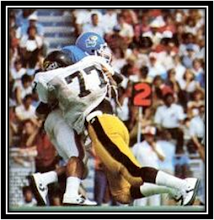Wichita State
- Fees: $427
- Tuition hour: $138.15
- Tuition hours with fees: $168.65
Kansas University
- Fees: $846.70
- Tuition hour: $229.25
- Tuition hours with fees: $289.72
Kansas State
- Fees: $337
- Tuition hour: $198.47
- Tuition hours with fees: $222.54
Missouri State:
- Fees: $338
- Tuition hour: $186
- Tuition hour with fees: $210.14
University of Northern Iowa
- Fees: $426
- Tuition hour: $197
- Tuition hour with fees: $227.42
Southern Illionois:
- Fees: $1419.05
- Tuition hour: $232.50
- Tuition hour with fees: $333.86
Oklahoma State:
- Fees: $1374.80
- Tuition hour: $131.35
- Tuition hour with fees: $ 229.55
Oklahoma
- Fees: $1815
- Tuition hour: $117.90
- Tuition hour with fees: $247.54
Nebraska
- Fees: $565.60
- Tuition hour: $179.75
- Tuition hour with fees: $220.15
Missouri
- Fees: $519.57
- Tuition hour: $245.60
- Tuition hour with fees: $282.71
Out of this group Wichita State has the lowest cost of attendance at $168.60 per credit hour with fees adjusted in. Just for fun, lets say that the Wichita State students voted to add a $150 fee per semester to fund the return of football. If only the full time students payed this fee, it would raise around 4.3 million a year for football. Even with this fee, guess who would have the lowest tuition per hour? Thats right, it would still be Wichita State at $179.36. Football cannot and will not come back to Wichita State without the students help. It would cost students about $10 per hour to bring back shocker football. Considering everything that comes along with having this sport on campus, I would say that is a bargain. However, it is up to the alumni to fan the fire that is Shocker football.


.png)
.png)

